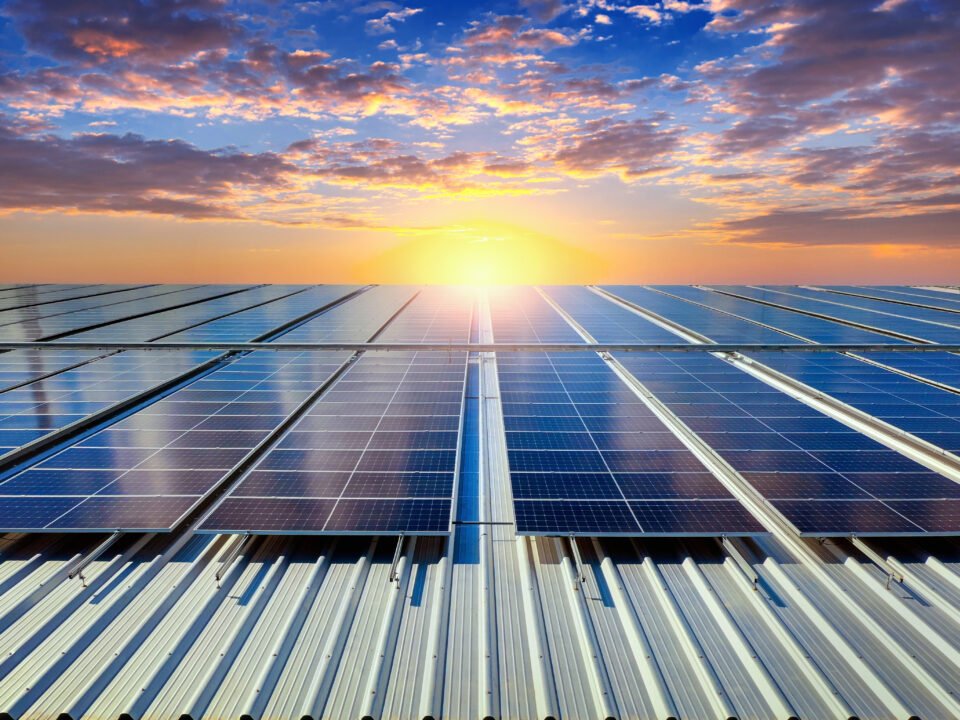Developing a successful solar energy power plant involves considering several key factors. Here are some important aspects to consider:
- Resource Assessment: Conduct a thorough assessment of solar resources at the project site, including solar irradiation levels, climate patterns, and shading analysis. This data will help determine the plant’s energy generation potential and optimize its design.
- Site Selection: Choose a location with ample sunlight, suitable land availability, and minimal shading from surrounding structures or vegetation. Factors such as proximity to transmission lines, land acquisition costs, and environmental considerations should also be evaluated.
- Technology Selection: Select appropriate solar technology based on the site’s characteristics, energy requirements, and budget. Choices include photovoltaic (PV) systems, concentrated solar power (CSP) systems, or a hybrid combination. Consider factors such as efficiency, reliability, maintenance requirements, and expected lifespan.
- Project Financing: Secure adequate financing for the development, construction, and operation of the solar power plant. Explore options like debt financing, equity investments, power purchase agreements (PPAs), grants, and incentives. A solid financial plan will ensure the project’s viability and attract potential investors.
- Permitting and Regulatory Compliance: Understand and comply with local, state, and national regulations, including permits, licenses, and environmental impact assessments. Engage with relevant stakeholders and communities to address any concerns and ensure a smooth regulatory process.
- Engineering and Construction: Develop a comprehensive engineering plan and construction timeline. Engage experienced contractors, suppliers, and engineers to ensure the efficient construction and integration of solar panels, inverters, electrical infrastructure, and other necessary components.
- Grid Connection and Power Purchase Agreements: Establish a connection to the electrical grid and negotiate power purchase agreements with utilities or consumers. Ensure proper grid integration and compliance with grid codes and interconnection standards.
- Operations and Maintenance: Implement a robust operations and maintenance (O&M) plan to ensure the optimal performance and longevity of the solar power plant. Regular monitoring, cleaning, equipment inspection, and timely repairs or replacements are essential for maximizing energy generation and minimizing downtime.
- Performance Monitoring and Data Analysis: Install monitoring systems to track the plant’s performance, including energy output, system efficiency, and equipment health. Analyze the data to identify opportunities for optimization, diagnose issues, and improve overall plant performance.
- Long-term Sustainability: Consider the environmental and social sustainability of the project. Implement measures to minimize environmental impact, such as proper waste management and land restoration. Engage with local communities, promote local employment, and contribute to social development initiatives.
By considering these key factors, a solar energy power plant can be developed and operated efficiently, maximizing its renewable energy generation and contributing to a sustainable future.
Related posts
December 12, 2025
December 8, 2025




